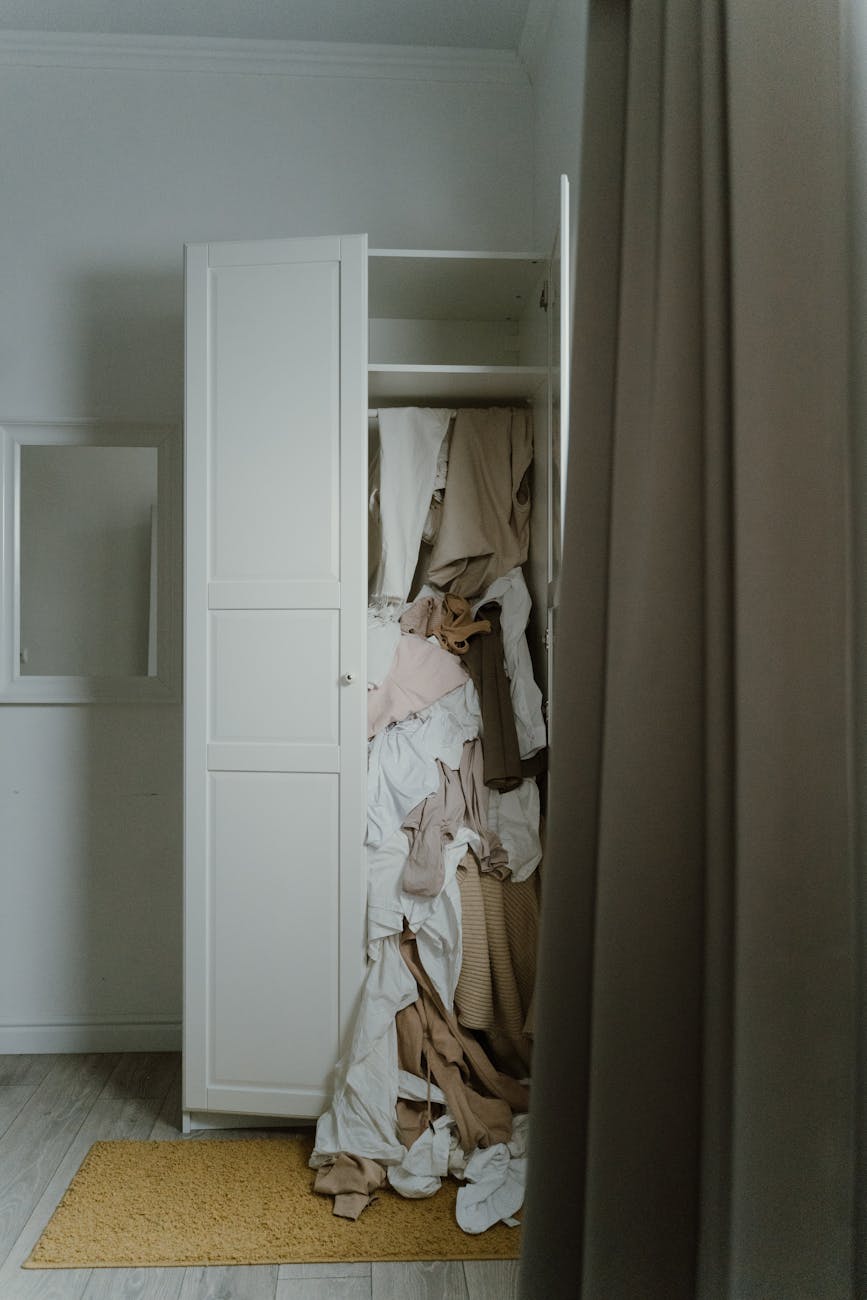5 Tips for Using Clothes Hangers to Maximize Your Closet Space & Preserve Your Garments
A well-organized closet isn’t just aesthetically pleasing; it’s a functional space that protects your clothing and makes getting dressed a breeze. While decluttering and proper folding techniques are crucial, often overlooked is the humble clothes hanger. The right hangers, and their proper use, can dramatically impact your closet’s efficiency and the longevity of your wardrobe. Many people simply grab whatever hanger is available, but this can lead to stretched shoulders, misshapen fabrics, and wasted space. This article will explore five essential tips for using clothes hangers effectively, covering everything from choosing the right type to strategic placement, ultimately helping you create a more organized, space-saving, and garment-friendly closet. Let’s dive in and elevate your closet game!
Choosing the Right Hanger Type
Not all hangers are created equal. Using the wrong hanger can damage your clothes and take up unnecessary space. The first step is understanding the different types available and matching them to the garment. Wooden hangers, for example, are excellent for heavier items like coats, suits, and dresses. Their sturdy construction prevents shoulders from stretching, and the contoured shape mimics the natural form of a shoulder, maintaining the garment’s shape. Velvet hangers are a popular choice for their non-slip surface, which prevents clothes from sliding off – ideal for silky blouses or knitwear. Plastic hangers are generally the most affordable, but thinner plastic can warp under the weight of heavier items. Finally, skirt and pant hangers come in various styles, including clip hangers and folding hangers, each suited for different fabrics and preferences.
Here’s a quick comparison table to help you decide:
| Hanger Type | Best For | Pros | Cons |
|---|---|---|---|
| Wooden | Coats, Suits, Dresses | Sturdy, Maintains Shape, Elegant | More Expensive, Can be bulky |
| Velvet | Silky Blouses, Knitwear | Non-Slip, Space-Saving | Velvet can shed over time |
| Plastic | Lightweight Items | Affordable, Lightweight | Can warp, Less durable |
| Skirt/Pant (Clip) | Skirts, Pants | Secure Grip | Can leave marks on delicate fabrics |
| Skirt/Pant (Folding) | Skirts, Pants | Gentle on Fabric | Takes up more space |
Maintaining Consistent Hanger Direction
This might seem trivial, but consistently facing all your hangers in the same direction can make a surprisingly big difference in closet organization and space utilization. When you hang clothes, turn the hanger hook facing forward. As you wear an item, return it to the rack with the hook still facing forward. When the closet is full, you can then flip all the hangers around. This simple trick allows you to quickly identify which items haven’t been worn in a while, making it easier to declutter and rotate your wardrobe seasonally. It also creates a visually cleaner and more organized look, making it easier to find what you’re looking for.
Strategic Closet Layout & Space Optimization
Beyond hanger type and direction, consider how you arrange your clothes within the closet. Group similar items together – shirts with shirts, pants with pants, dresses with dresses. Within each category, organize by color. This not only looks visually appealing but also makes it much easier to find specific items. Utilize vertical space by stacking shelves or adding hanging organizers for folded items like sweaters and jeans. Consider using slimline hangers, particularly velvet ones, to maximize space. These hangers are thinner than standard hangers, allowing you to fit more clothes on the rod. Finally, don’t be afraid to edit your wardrobe regularly. Less clothing means more space and less clutter.
Properly Hanging Delicate Fabrics
Delicate fabrics like silk, lace, and cashmere require extra care. Standard hangers can stretch and distort these materials, leading to irreversible damage. For silk blouses and dresses, use padded hangers or wooden hangers with rounded shoulders to prevent shoulder bumps. Avoid wire hangers altogether, as they can leave unsightly marks. When hanging knitwear like sweaters, use thicker hangers that provide adequate support to prevent stretching. Consider folding sweaters instead of hanging them to further protect their shape and prevent sagging. Always check the garment’s care label for specific hanging instructions.
Regular Hanger Maintenance & Replacement
Just like your clothes, hangers need maintenance. Regularly inspect your hangers for cracks, warping, or missing parts. Damaged hangers can damage your clothes, so it’s best to replace them promptly. Clean your hangers periodically to remove dust and lint. For velvet hangers, use a lint roller to keep the surface clean and effective. Investing in quality hangers is an investment in your wardrobe’s longevity. While they may cost more upfront, they will ultimately save you money by preventing damage and extending the life of your clothes.
In conclusion, mastering the art of using clothes hangers is a simple yet powerful way to elevate your closet organization and protect your garments. We’ve explored the importance of selecting the right hanger type for different fabrics, from sturdy wooden hangers for coats to non-slip velvet hangers for delicate blouses. Maintaining a consistent hanger direction provides a visual cue for decluttering, while strategic closet layout maximizes space and accessibility. Remember to handle delicate fabrics with care, using padded or rounded hangers to prevent stretching and distortion. Finally, regular hanger maintenance ensures they remain in good condition, safeguarding your wardrobe for years to come. By implementing these five tips, you can transform your closet into a well-organized, space-efficient, and garment-friendly haven.
